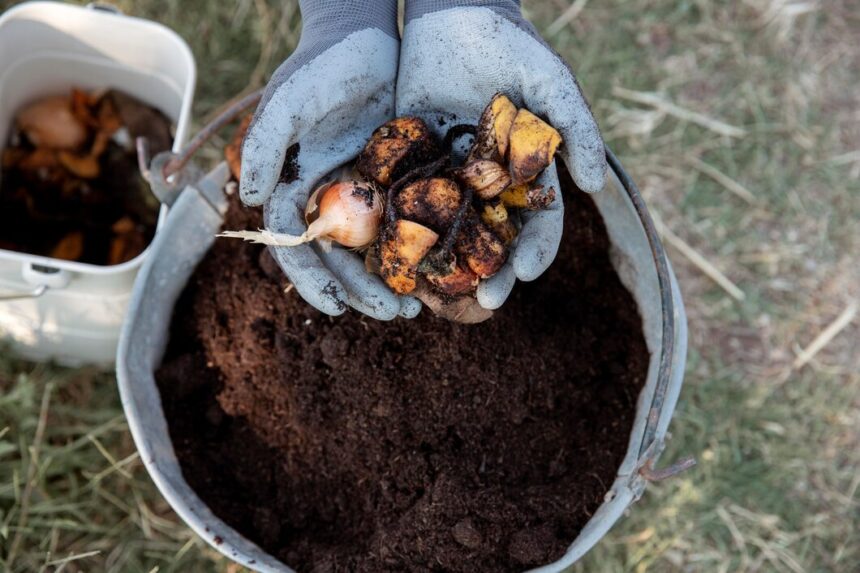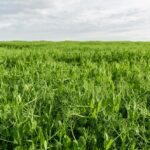Composting is a sustainable practice that converts organic waste into valuable nutrients for soil. For South African farmers, composting can enhance soil fertility, improve crop yields, and reduce dependence on chemical fertilizers. Here’s a comprehensive guide to get started with composting:
1. Understanding Composting Basics
Composting is the process of breaking down organic materials into humus, a nutrient-rich substance that improves soil health. The composting process involves microorganisms, such as bacteria and fungi, that decompose organic matter.
2. Choosing the Right Materials
For effective composting, use a balanced mix of “greens” (nitrogen-rich materials) and “browns” (carbon-rich materials). Greens include kitchen scraps, grass clippings, and manure, while browns include dried leaves, straw, and cardboard. Avoid using meat, dairy, and oily foods, as they can attract pests and cause odor issues.
3. Building Your Compost Pile
Start by creating a compost pile or bin. Begin with a layer of coarse materials like small branches or straw to improve airflow. Alternate layers of greens and browns, aiming for a ratio of about 1 part green to 2 parts brown. Keep the pile moist but not waterlogged, and turn it regularly to aerate and speed up decomposition.
4. Maintaining the Right Conditions
Optimal composting conditions include a temperature range of 50-70°C (120-160°F), which accelerates microbial activity. The pile should be kept moist, similar to a damp sponge, and turned every few weeks to ensure proper aeration and mixing.
5. Monitoring Compost Quality
As compost breaks down, it will heat up and then cool down. The final product should be dark, crumbly, and have an earthy smell. This indicates that the compost is ready to use. If the compost smells unpleasant or has large, undecomposed materials, it may need more time or additional turning.
6. Using Compost in Your Farm
Once your compost is ready, incorporate it into your soil to enhance its fertility. Spread a layer of compost over garden beds or mix it into the soil before planting. Compost improves soil structure, water retention, and nutrient availability, promoting healthier plant growth.
7. Troubleshooting Common Issues
If your compost pile is not heating up, it may need more greens or water. If it’s too wet and smelly, add more browns and ensure proper aeration. Pests and rodents can be deterred by avoiding meat and dairy and covering the pile with a lid or tarp.
8. Scaling Up Your Composting Efforts
For larger farms, consider using composting bins or windrows for efficient processing. Composting bins are enclosed systems that can be managed more easily, while windrows are long, open piles that can handle large quantities of material. Both methods can accommodate the scale of farm operations.
9. Composting and Sustainability
Composting reduces waste and reliance on synthetic fertilizers, contributing to a more sustainable farming practice. By recycling organic matter, farmers can close the nutrient loop and support a healthier ecosystem.
10. Educating and Involving the Community
Encourage neighboring farmers and community members to practice composting. Share knowledge and resources to promote widespread adoption of composting practices, which can collectively benefit the environment and local agriculture.
By embracing composting, South African farmers can turn waste into a valuable resource, enhancing soil health and promoting sustainable farming practices. Composting not only benefits the environment but also improves crop productivity and soil resilience, ensuring long-term agricultural success.
Join 'Farmers Mag' WhatsApp Channel
Get the latest Farming news and tips delivered straight to your WhatsApp
CLICK HERE TO JOIN






